- Home
- entertainment
- news
- 5 Black family sitcoms that have addressed the social and cultural issues of their time
5 Black family sitcoms that have addressed the social and cultural issues of their time
DeArbea Walker

- Since the 1960s, Black family sitcoms served as a microcosm of the highs and lows Black families experienced in the US.
- It was the golden age of Black family sitcoms with over a dozen on the air throughout the decades.
When "Julia" premiered in 1968, it was one of the first Black family sitcoms to air
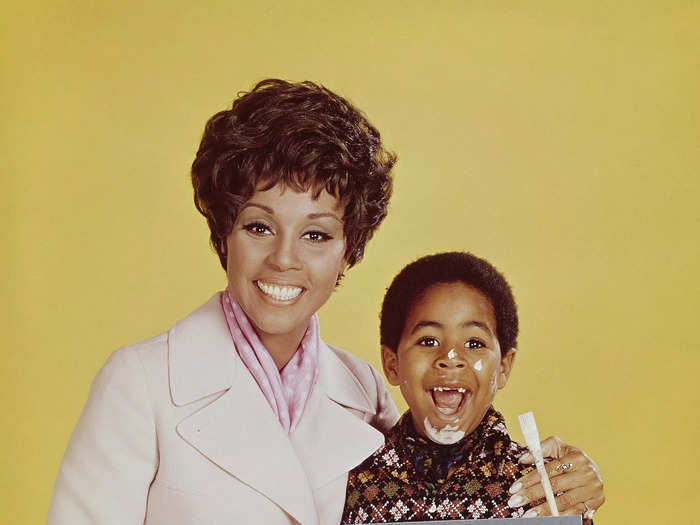
Julia's premiere on NBC on September 17, 1968, was a subversive act. Not only was it one of the first sitcoms starring a Black mother and son, but it was the first time the series plot centered a Black woman who was not in a subservient role.
Diahann Carroll starred as Julia Baker, a widowed nurse and her young son Corey, living in a suburban neighborhood following the tragic death of her husband during the Vietnam War.
While the show touched on issues facing African Americans during the time such as integration and racism, it primarily focused on suburban life, which drew criticism.
Just before the show's airing, television critic Robert Lewis Shayon wrote in The Saturday Review that the show was "a far, far cry from the bitter realities of Negro life in the urban ghetto."
The show ran from 1968 to 1971.
"Good Times" was the picture image of many Black families in America at the time
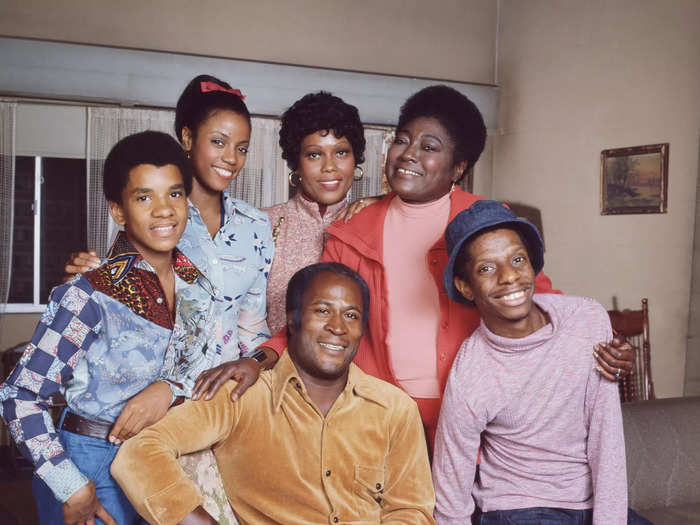
"Good Times" premiered in 1974, kicking off the golden age of Black sitcoms. Not only was it the first time that a Black family starred in a sitcom, but the show's ambiance represented many of the highs and lows that Black families across the US faced daily.
A Black family with three children growing up in a housing project in the early 70s with the backdrop of social and political issues, which not only drove the conversations on the show but were typical conversations had in Black homes across the country.
The cast was filled with recognizable characters within any Black family: James Evans, the hardworking, sarcastically honest but stern patriarch; Florida Evans, the family spiritual leader and mother; and Michael Evans, the outspoken son, who very much took his cues on activism from the Civil Rights and Black Power movements of the 60s and early 70s.
When the show premiered it had high ratings, but once season four hit, and James Evans character was killed off, ratings on CBS began to drop. The show ran from 1974 to 1979.
"The Cosby Show" represented the pinnacle of Black sitcoms — but that didn't absolve it from its shortcomings in representation
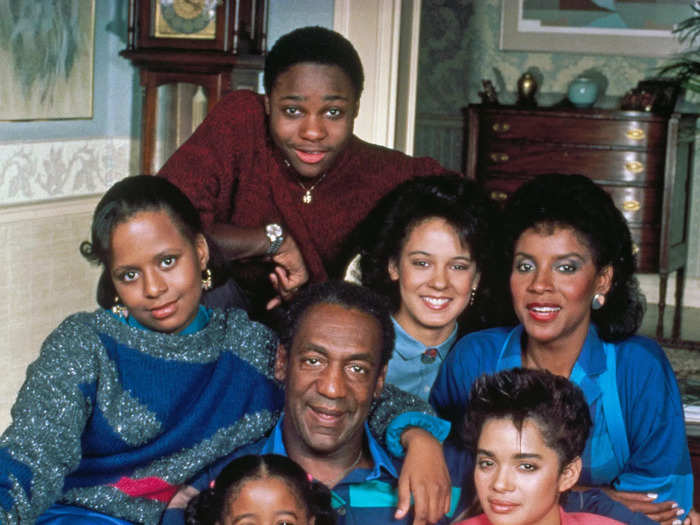
"The Cosby Show" broke many subservient and rambunctious stereotypes that were a caricature of how the Black family was presented in entertainment. The show, which premiered in 1984, follows the life of the Huxtables, an upper-middle-class family of seven living in Brooklyn Heights, NYC.
But while "The Cosby Show" does stand alone in its level of esteem and success, that doesn't mean that the show didn't face criticism for its lack of depth on economic and social issues — some of which even came from the cast of the show itself.
Bill Cosby, who plays Cliff Huxtable, threatened to walk off the set when the network tried to remove the "Abolish Apartheid" sign — referring to South Africa's apartheid — from his fictional son Theo's bedroom door in an effort to appease advertisers' demands.
"There may be two sides to apartheid in Archie Bunker's house," Bill Cosby said at the time. "But it's impossible that the Huxtables would be on any side but one."
The show ran from 1984 to 1992.
"The Fresh Prince of Bel-Air" continued the momentum of popularity from The Cosby Show
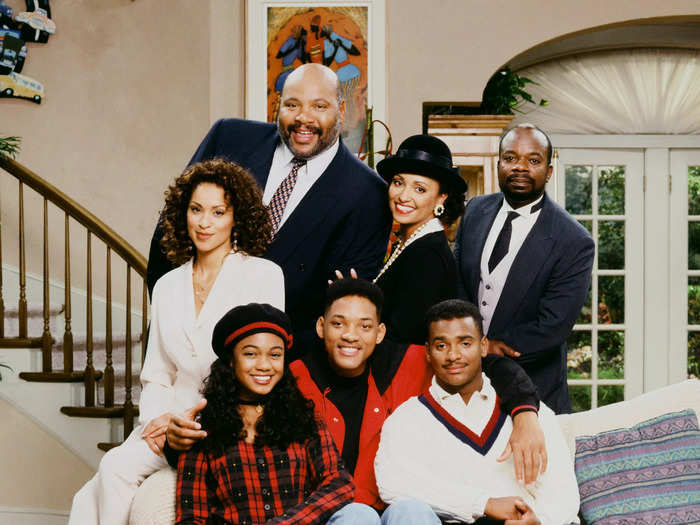
If the 70s kicked off the Black family sitcom golden age, the 90s were the boom years. While "The Fresh Prince of Bel-Air" was on the air, there were over a dozen other Black sitcoms on major networks such as "Family Matters," "Moesha," and "Martin" just to name a few.
The plot for the show centered on a teenage Will Smith's journey from an inner-city neighborhood in West Philadelphia to the affluent neighborhood of Bel Air in Los Angeles — the home of his aunt Vivian Banks, uncle Phil, and their four children, Hilary, Carlton, Ashley, and later, baby Nicky.
Viewers see the evolution of a street-smart teenager grow in his understanding of family, values, friendship, class, and racism — under the backdrop of the Rodney King police beating that happens miles away.
Building off the success of "The Cosby Show," "The Fresh Prince of Bel-Air" and many other Black sitcoms during this time did a lot to advance affirmative representation of Black families in the media, such as fostering strong family and community bonds along with professional careers.
While sometimes flawed in its approach by neatly packaging the systemic aspect of economic issues, there is an episode in the show's third season where the family participates in a post-protest cleanup, where class is explored in Black communities.
The show ran from 1990 to 1996.
"That's So Raven" was a groundbreaking show for young Black girls to see someone who looked like them on-screen.
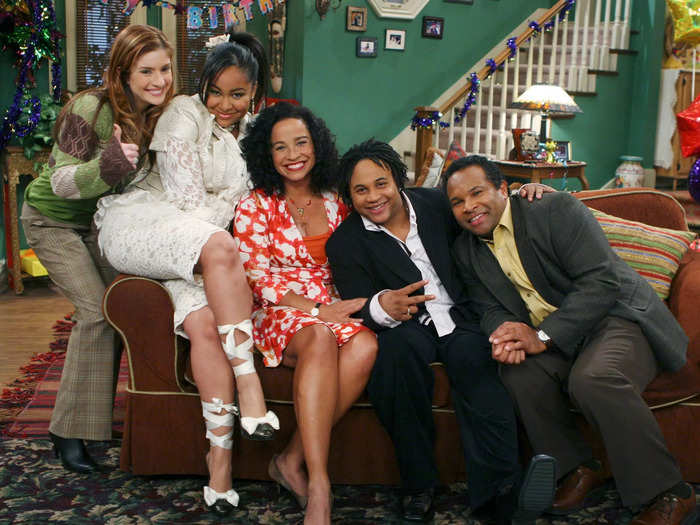
"That's So Raven" premiered on Disney Channel in 2003, starring Raven-Symone as the titular character who had a psychic ability to see visions in advance, prompting her into action.
The show marked one of the first times a Black teenage girl was the lead character in a sitcom. Her character brought confidence and honesty to topics like body image and racism that reflected the realities many Black young girls were trying to overcome.
"I'm happy that I get to be a part of that journey for a new, young woman — or a new young man because they have it too and we can't dismiss that," Raven-Symoné told Girls United as she reflected on the impact of the show. "I'm happy, and humbled, and proud, and super jealous at the same time."
The show touched on an array of topics, such as racism, body image, peer pressure, and even the Divine Nine, the umbrella organization housing Black Greek-letter organizations.
The show ran from 2003-2007, but a reboot of the show, "Raven's Home," began in 2017 and is still on the air.
Popular Right Now
Popular Keywords
Advertisement